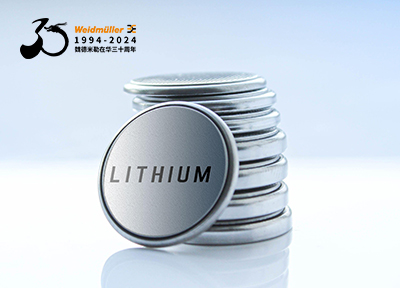Product recalls have dominated food headlines recently. It only takes one contaminated product slipping past inspectors for the consequences to be devastating. In one case from 2008, Peanut Corporation of America was forced into bankruptcy after it was determined to be mainly responsible for a salmonella outbreak that killed nine people and sickened more than 600. In another example, Topps Meat closed its doors in 2007 after recalling 21.7 million pounds of frozen meat (an entire year’s production) contaminated with E. coli.
These kinds of nightmare scenarios are exactly why the Hazard Analysis and Critical Control Points (HACCP) process was created. HACCP emphasizes prevention over finished product inspection as a means of ensuring food safety. A well-designed and enforced HACCP policy can prevent physicalCONTROL ENGINEERING China版权所有, chemicalCONTROL ENGINEERING China版权所有, and biological toxins from infiltrating food products during the manufacturing process控制工程网版权所有, making the products safer and reducing the number of recalls.
HACCP is based on seven principles and requires coordination of technologies from enterprise software down to the instrumentation level:
•Conduct a hazard analysis. Hazards are conditions that may pose an unacceptable health risk to consumers. To conduct a hazard analysis, identify the significant hazards associated with each step of the manufacturing process控制工程网版权所有, as well as the measures (such as temperatureCONTROL ENGINEERING China版权所有, pH, and moisture level) that can prevent them.
•Determine the critical control points (CCPs). CCPs are steps at which to apply control to prevent, eliminate, or reduce a food safety hazard to acceptable levels (such as cookingCONTROL ENGINEERING China版权所有, acidification, and drying steps).
•Establish critical limits. Critical li
 用户中心
用户中心
-
 子站
子站 -
 技术
技术 -
 社区
社区
Regulatory Compliance for Food Safety
www.cechina.cn2009.10.16阅读 4175
标签:Control,
版权声明:版权归控制工程网所有,转载请注明出处!
图说工控
更多+
燃情自动化——2017北京国际工业智能及自动化…
2017年05月18日
探秘“数字化工厂”
2016年07月18日
迈向工业4.0——西门子引领数字化企业进程
2016年07月18日
"智·变 赢未来",PHIIDF 2016燃情北京!
2016年06月01日ABB自动化世界2016闪耀武汉 展示“物联网+”领先…
2016年05月24日

 在线会议
在线会议 论坛
论坛 专题
专题 工控直播
工控直播 新闻中心
新闻中心 子站
子站 技术
技术 社区
社区



 IDEC HR8S系列新一代安全继电器有奖试用活动
IDEC HR8S系列新一代安全继电器有奖试用活动 2025(第二十一届)年度最佳产品奖有奖投票中
2025(第二十一届)年度最佳产品奖有奖投票中 AVEVA剑维软件食品饮料行业白皮书有奖下载
AVEVA剑维软件食品饮料行业白皮书有奖下载 立即有奖下载TE重载连接器选型指南
立即有奖下载TE重载连接器选型指南 2025(第十四届)全球自动化和制造主题峰会
2025(第十四届)全球自动化和制造主题峰会
























